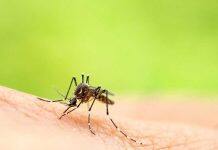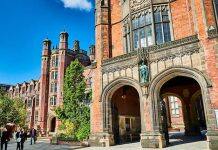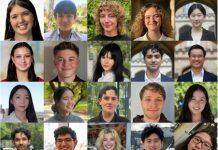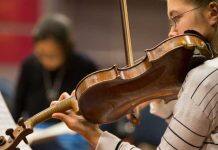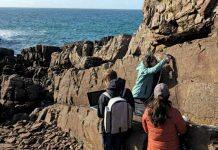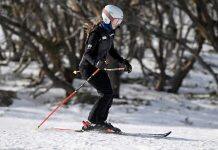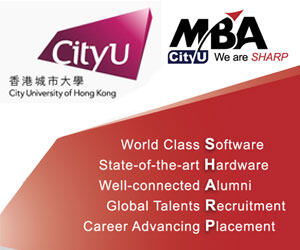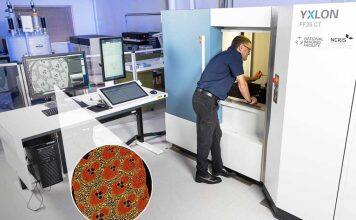More than 120 admitted graduate students participated in the Institute’s inaugural and virtual Caltech Shines event on Saturday, April 3, which was designed to inform admitted students’ decisions to attend Caltech.
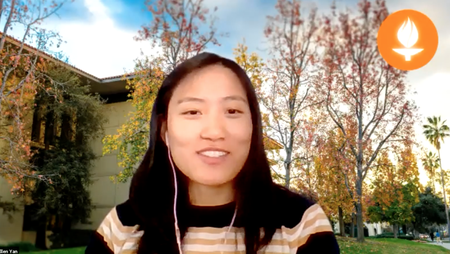

Developed by three faculty members—Bil Clemons, professor of biochemistry; Brian Stoltz, professor of chemistry; and Michael Dickinson, Esther M. and Abe M. Zarem Professor of Bioengineering and Aeronautics—the five-hour event featured sessions describing general institutional resources, division- and option-specific question-and-answer sessions, and small-group gatherings hosted by the campus’s various affinity and identity groups.
Clemons says the event aimed to assist “all of the students who may have remaining questions, who may be on the fence about Caltech. We can address what might be putting them on that fence and take this last chance to show them what is special about Caltech and why this is the better fit for them” than matriculating elsewhere.
A collaboration chiefly between the divisions of Biology and Biological Engineering and Chemistry and Chemical Engineering, this inaugural event provided students admitted into one of the divisions’ options an opportunity to learn more about the Caltech experience and graduate student life, including continuing efforts to cultivate a more inclusive, diverse, equitable, and accessible campus community.
Participating campus units included the Graduate Studies Office; the Graduate Student Council; the Caltech Center for Inclusion and Diversity; Student Health Services; the Graduate Summer Research Institute; the Center for Teaching, Learning, and Outreach; the Caltech Y; Housing; Athletics, Physical Education and Recreation; Student-Faculty Programs, and Caltech’s International Offices. In addition, campus groups focused on music, recreation, religion, ethnic, and gender identity sponsored breakout meetings on Gather.Town and Zoom meetings for participants.
Clemons says the event underscored one of the key benefits of being a graduate student at Caltech: a palpable sense of community.
“Caltech’s small size gives it breadth that you don’t get anywhere else. Students who come to Caltech are members of the entire Caltech campus community,” he says. “It’s a place where you can be as involved as you want. Graduate students here are equal players in leadership in all the areas that affect them. They’re brought into the conversations.”
President Thomas Rosenbaum helped kick off the event with remarks about the value of teamwork and diversity as well as the thrill of discovery.
“Caltech is an incredibly interactive community,” Rosenbaum told the online audience. “We’re small … and warm. We have an open-door policy. The expectation is that if you’re thinking about a problem and you want to learn about it, then you go to your colleagues. They expect that and they’re going to help you. You’ll have discussions and this will often lead to collaboration. As a result, we have a culture at Caltech where people are fearless. You will enjoy that enormously.”
He emphasized that whatever their field of study, graduate students can choose to work with any faculty member on campus, regardless of discipline: “There’s no bureaucracy. … In fact, laboratory groups are composed of students with very different backgrounds. You might have a biologist sitting next to a mechanical engineer sitting next to a computer scientist—all part of the same group—and that leads to a very rich experience and will prepare you well for whatever path you decide to go on.”
Organizers say they hope Caltech Shines will serve as a template for campuswide efforts that include all six divisions in the future and note that some students who participated have already decided to matriculate to Caltech.
Stoltz says it’s clear the weekend event helped participants weigh their options, as many reported afterward “how special it was and different relative to their other school choices—that it was very informative about campus resources and that they enjoyed it.”


